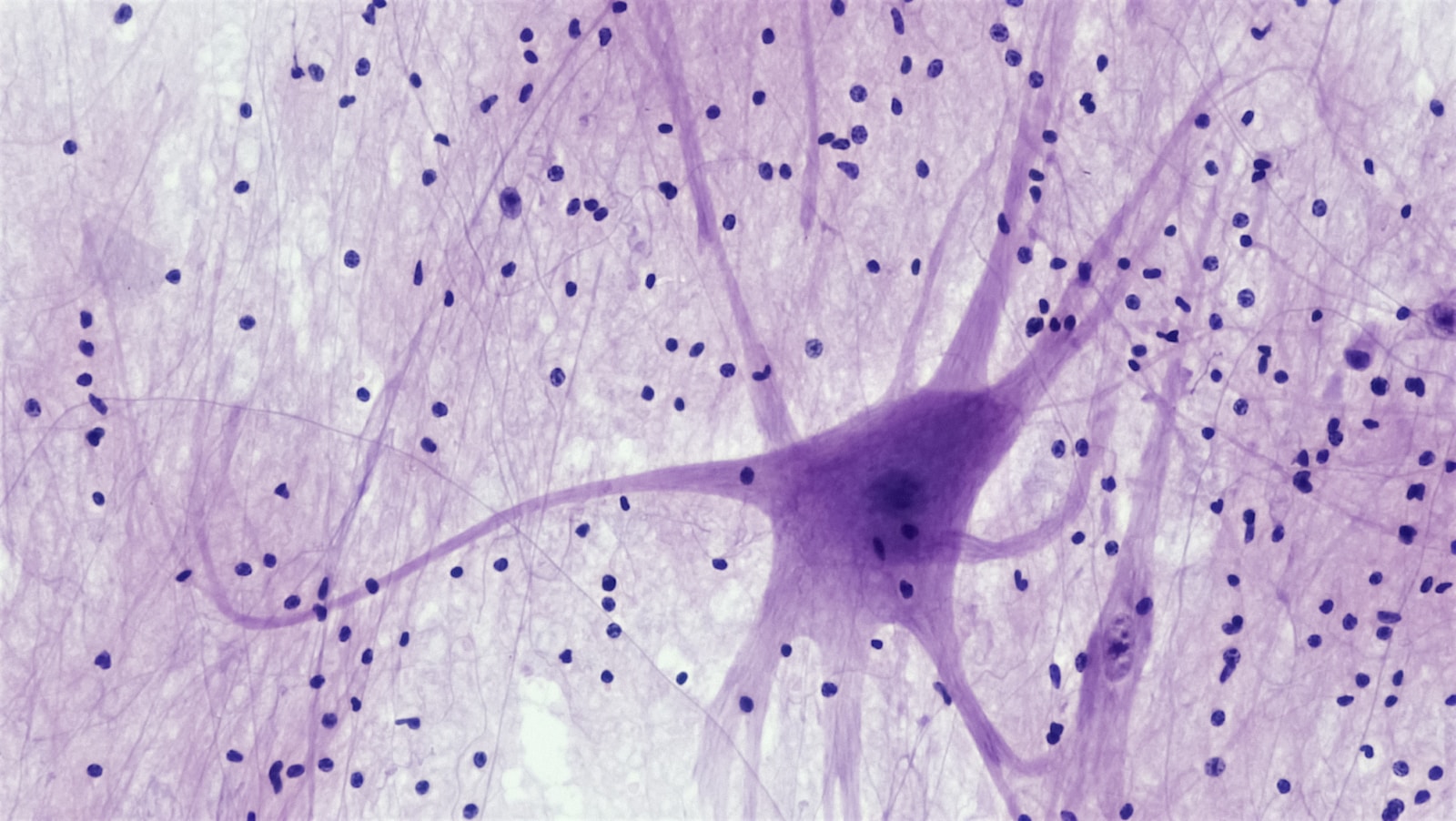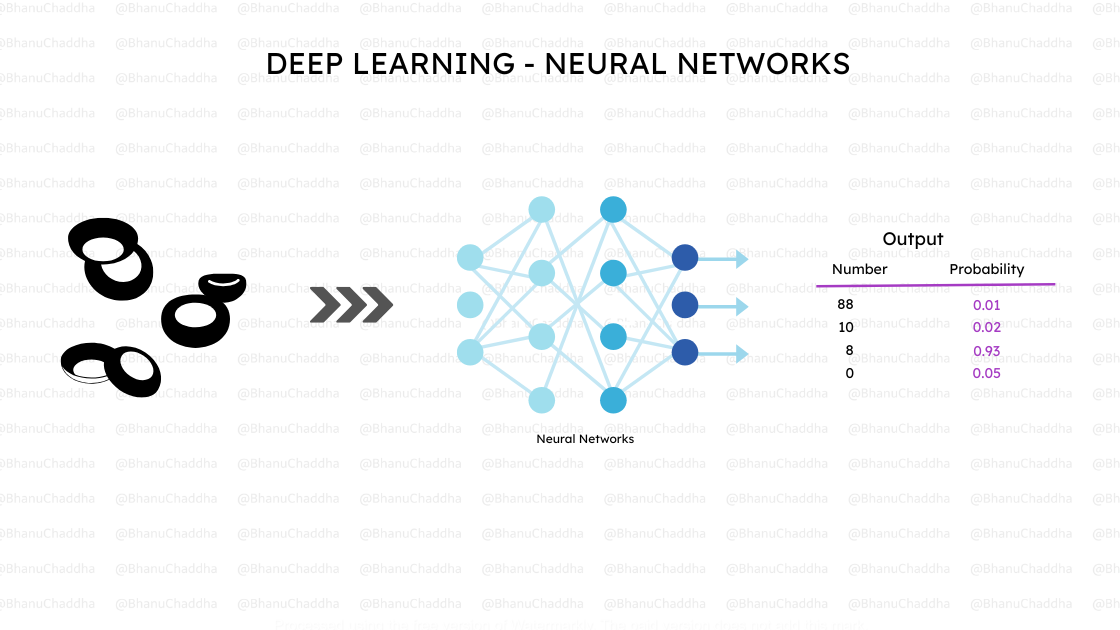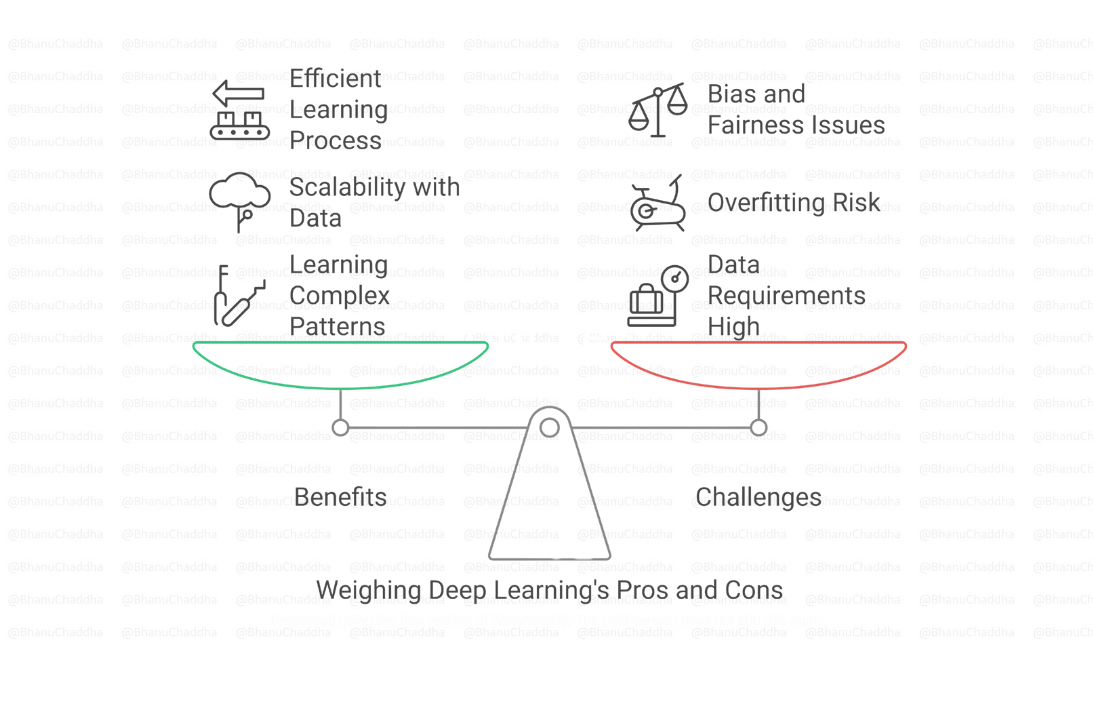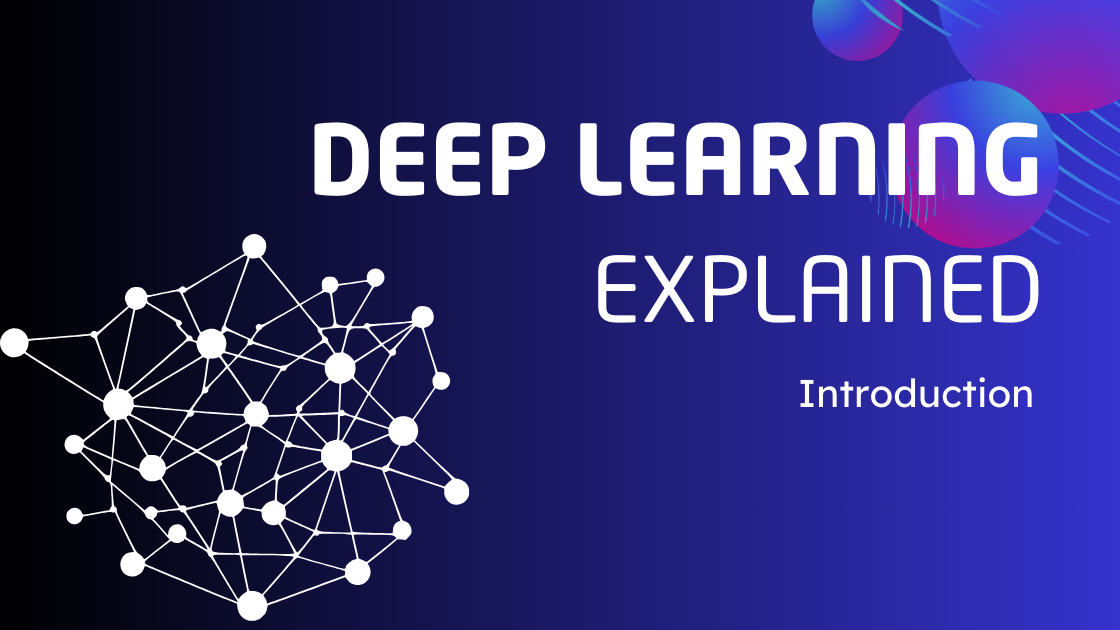Introduction to Deep Learning
If you’re curious about the buzzwords taking over the tech world and want to dive into the fascinating world of AI, start here
In my previous blog, I broke down the hierarchy of AI technologies and explained Large Language Models (LLMs) in detail:
🔗 Introduction to Large Language Models (LLMs)

To understand more about the foundational concepts that led us to Deep Learning, you can check out my previous blog:
🔗 Introduction to Machine Learning
In our journey to understand Large Language Models (LLMs), we have already explored the basics of Machine Learning and why we need more powerful models. Today, we’ll take the next big step by diving into Deep Learning—a fundamental approach that powers many advanced AI systems, including those we use in our daily lives.
The complexity of modern AI problems, such as understanding images or generating natural language, often goes beyond the capabilities of simpler models. If a relationship between an input and output is highly complex—for instance, recognizing objects in an image or understanding nuanced emotions in text—a linear model just won’t cut it. We need more sophisticated, flexible systems, and that is where deep learning and neural networks come into play.
What is Deep Learning?

Deep learning is a type of machine learning that leverages artificial neural networks to learn patterns from data. These neural networks are loosely inspired by the human brain, allowing models to understand, process, and predict outcomes with high accuracy. Deep learning shines in areas like image recognition, natural language processing, and even driving cars.
Artificial neural networks consist of layers of interconnected “neurons”—each responsible for learning certain features of the input data. Think of it as layers upon layers of linear regressions with added non-linearities in between, which allows deep learning models to capture intricate patterns. This is also why deep learning is often synonymous with “deep neural networks,” as they involve many such layers.
How Does Deep Learning Work?

At its core, deep learning works by passing an input through multiple layers of neurons. For instance, in an image recognition network, the first layer might learn to detect edges, while subsequent layers learn to recognize shapes and objects. The deeper you go, the more abstract and meaningful the learned features become.
Consider a concrete example: Imagine you are building a deep learning model to recognize handwritten digits (like those in the popular MNIST dataset). The first layer of the neural network might detect simple features like edges or corners. As the data passes through deeper layers, the network begins to recognize more complex shapes, such as loops or specific parts of a digit. By the time it reaches the final layers, the network can combine all these learned features to confidently determine whether the digit is a ‘3’, ‘8’, or any other number.
Deep learning models are trained using vast amounts of data. During training, the network adjusts the weights on the connections between neurons to minimize the difference between the predicted and actual outputs—a process known as backpropagation. This is typically done using large labeled datasets and optimized through techniques like supervised learning.
A critical aspect of deep learning is its ability to learn hierarchically, making it much more effective at handling complex tasks. For instance, neural networks that are “deep” can identify minute patterns, making them suitable for recognizing faces or translating languages.
Deep Learning vs. Machine Learning

While both deep learning and machine learning fall under the umbrella of artificial intelligence, deep learning is a specialized subset of machine learning. Traditional machine learning techniques rely on handcrafted features and simpler algorithms to process data. Deep learning, on the other hand, automatically extracts features through its hierarchical structure, allowing it to excel in tasks like image recognition, speech processing, and natural language understanding.
Think of machine learning as a general approach to making computers learn, and deep learning as a more sophisticated branch that tackles highly complex tasks. One of the key differences is that deep learning can learn from raw, unlabeled data, whereas traditional machine learning often requires well-curated datasets.
Applications of Deep Learning
Deep learning has a wide range of applications in our everyday lives. Here are some notable examples:

- Image Recognition: Used to identify objects and scenes in images, such as facial recognition systems or Google’s image search.
- Natural Language Processing: Powers chatbots, spam filters, and language translation systems.
- Self-Driving Cars: Enables autonomous vehicles to interpret sensor data, recognize pedestrians, and make driving decisions.
- Finance: Analyzes market trends and predicts investment opportunities based on historical data.
- Text-to-Image: Generates images from text inputs, as seen in various translation and AI art applications.
Types of Deep Learning Models
Deep learning encompasses a variety of models, each suited for different types of data and applications:

- Convolutional Neural Networks (CNNs): Particularly effective for image recognition and processing, CNNs can identify features in images even when the objects are obscured or distorted.
- Recurrent Neural Networks (RNNs): Commonly used in natural language processing and speech recognition, RNNs are good at understanding the context of sequences, like sentences.
- Deep Reinforcement Learning: Combines reinforcement learning with deep networks, often used in robotics and game-playing environments.
Benefits and Challenges

Benefits:
- Learning Complex Relationships: Deep learning models can understand complex patterns that traditional machine learning methods cannot.
- Scalability: They can be trained on vast datasets, making them suitable for applications with millions of records.
- Data-Driven Learning: Deep learning requires less manual feature engineering, allowing for more efficient and scalable model training.
Challenges:
- Data Requirements: Deep learning models require a significant amount of data to be effective, which can be a limitation for applications with limited datasets.
- Overfitting: These models can be prone to overfitting, especially when the training data is limited.
- Bias and Fairness: Deep learning models can inherit biases from the data used to train them, making it essential to carefully curate training datasets.
Conclusion
Deep learning represents a major leap forward in the field of artificial intelligence, powering many of the most advanced AI applications we use today. Its ability to learn complex, hierarchical representations of data makes it ideal for tackling sophisticated tasks like language processing, image recognition, and even autonomous decision-making. As we continue to advance in the AI space, deep learning remains a core technology, driving the next generation of AI-powered solutions.
Whether it’s chatbots that understand natural language or self-driving cars that make split-second decisions, deep learning is the engine behind some of the most transformative technologies of our time.

